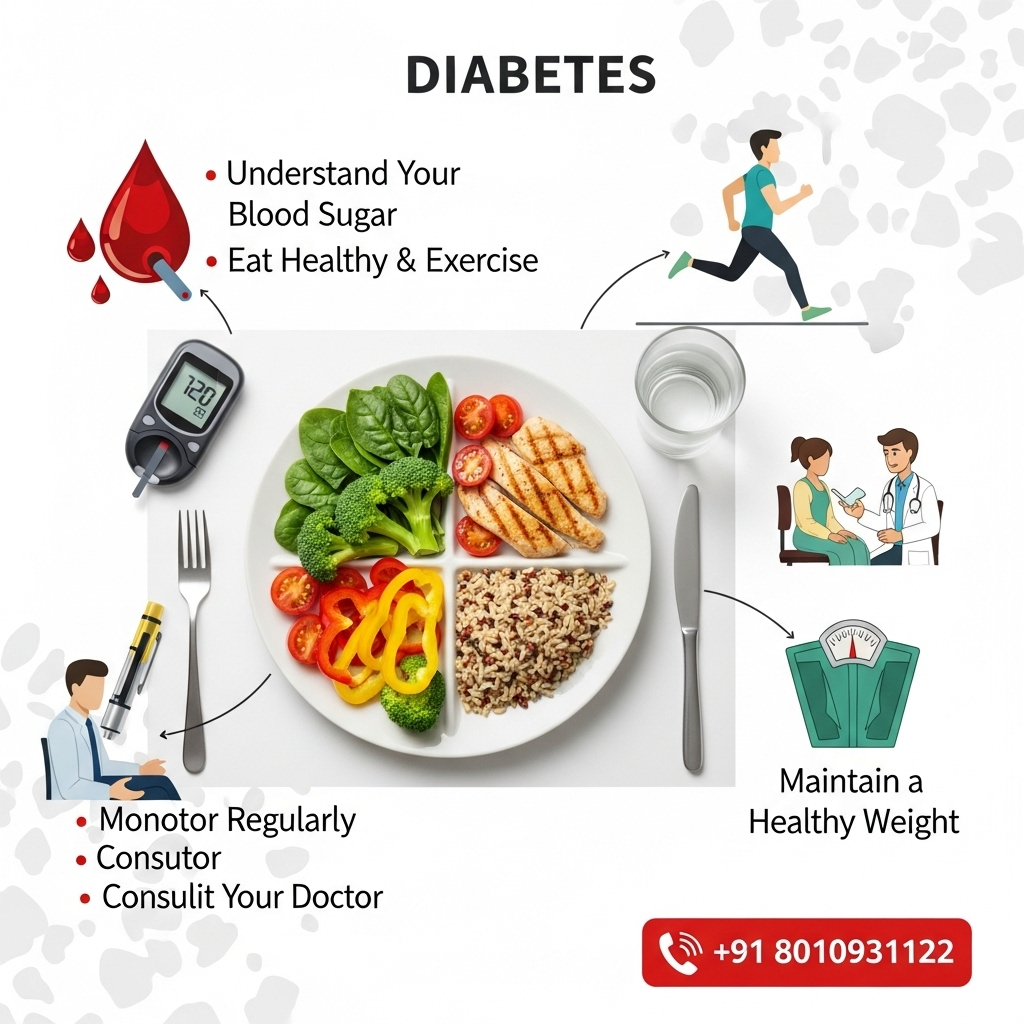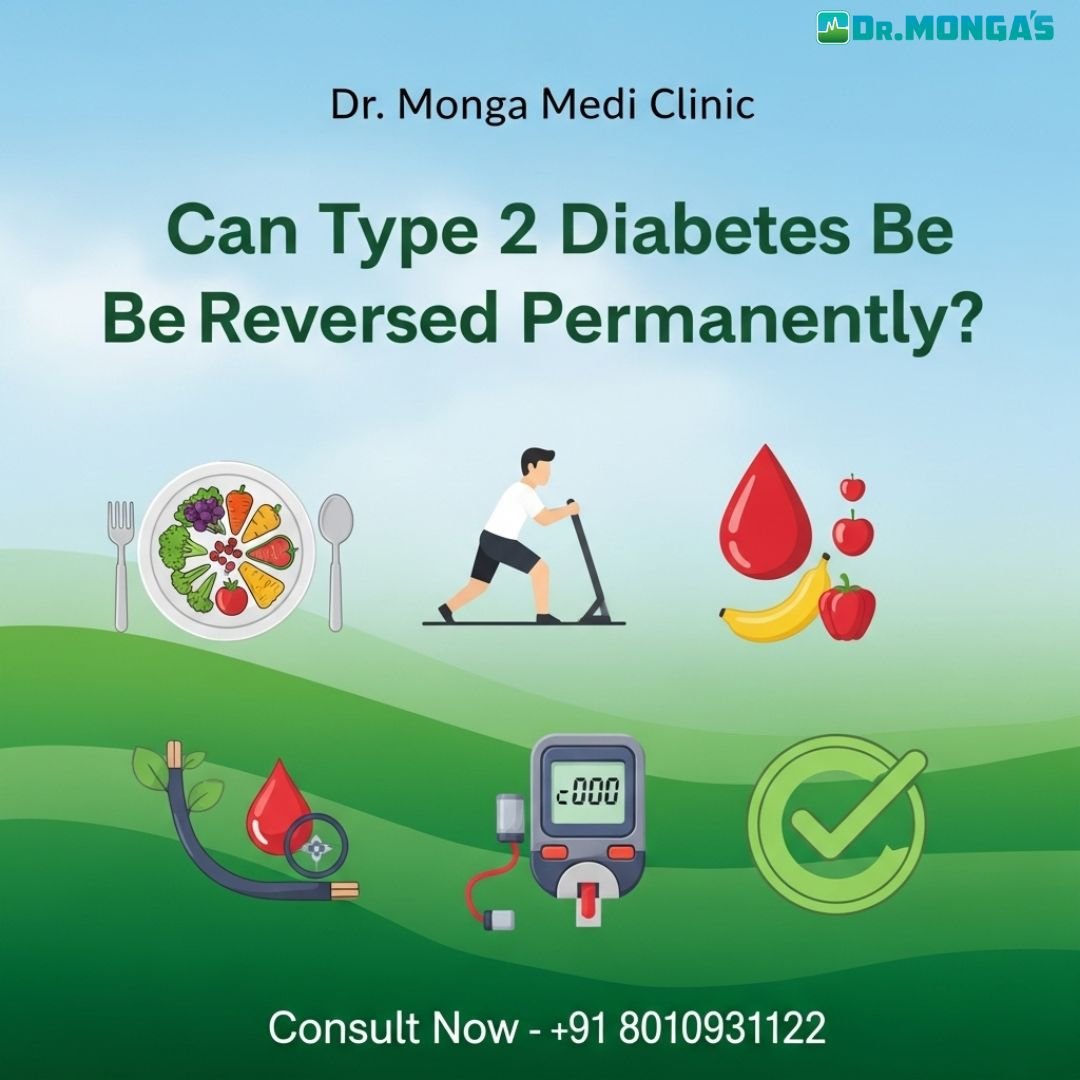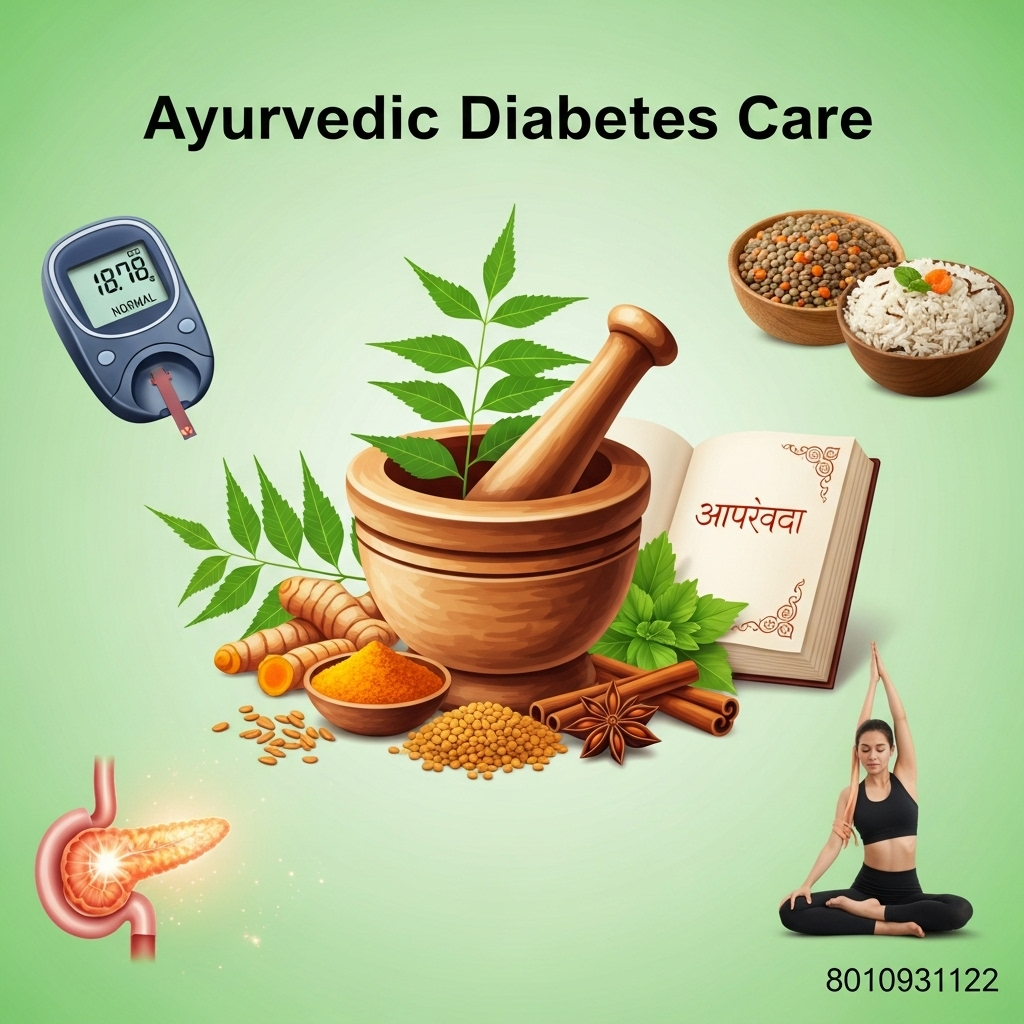Imagine waking up every day, knowing that your body is silently fighting against itself. This is the reality for millions of people living with Type 2 diabetes. 😔 But here’s the good news: you’re not alone in this battle. With the right treatment, you can take control of your health and live a fulfilling life. 💪
But how do you find the best Type 2 diabetes treatment for you? It’s not a one-size-fits-all solution. Your doctor considers numerous factors when recommending a treatment plan, and understanding these factors can empower you to make informed decisions about your health. 🩺✨
Non-insulin medications that treat type 2 diabetes

Sulfonylurea
Sulfonylureas are a class of medications that stimulate the pancreas to produce more insulin. They work by binding to specific receptors on pancreatic beta cells, leading to increased insulin secretion.
Insulin sensitizer
Insulin sensitizers such as metformin and thiazolidinediones improve the body’s response to insulin. Metformin reduces glucose production in the liver, while thiazolidinediones increase insulin sensitivity in muscle and fat tissue.
Glucagon-like peptide-1 (GLP-1) receptor agonists
GLP-1 receptor agonists mimic the action of the GLP-1 hormone, which stimulates insulin release and suppresses glucagon secretion. They also slow gastric emptying and promote satiety.
Dipeptidyl peptidase-4 inhibitors (DPP-4 inhibitors)
DPP-4 inhibitors work by blocking the enzyme that breaks down GLP-1, thereby increasing its levels in the body. This leads to improved glucose control and reduced appetite.
Alpha-glucosidase inhibitor
Alpha-glucosidase inhibitors slow down the digestion of carbohydrates in the small intestine, reducing post-meal glucose spikes.
Sodium-glucose cotransporter-2 inhibitors (SGLT-2 inhibitors)
SGLT-2 inhibitors reduce blood glucose levels by preventing the reabsorption of glucose in the kidneys, leading to increased glucose excretion in urine.
Here’s a comparison of these medication classes:
| Medication Class | Primary Mechanism | Side Effects | Benefits |
|---|---|---|---|
| Sulfonylureas | Increase insulin production | Hypoglycemia, weight gain | Rapid glucose lowering |
| Insulin sensitizers | Improve insulin sensitivity | GI issues, rare lactic acidosis | Weight neutral/loss |
| GLP-1 receptor agonists | Increase insulin, decrease glucagon | Nausea, vomiting | Weight loss, cardiovascular benefits |
| DPP-4 inhibitors | Increase GLP-1 levels | Generally well-tolerated | Weight neutral |
| Alpha-glucosidase inhibitors | Slow carb digestion | GI issues | Minimal systemic effects |
| SGLT-2 inhibitors | Increase glucose excretion | UTIs, genital infections | Weight loss, cardiovascular benefits |
Now that we have explored the various non-insulin medications for type 2 diabetes, let’s consider the factors that doctors take into account when recommending a specific treatment plan.
What factors does my doctor consider when recommending a treatment for type 2 diabetes?

Patient’s Medical History
A comprehensive understanding of a patient’s medical history is crucial when recommending a treatment for type 2 diabetes. This includes:
- Past and current medications
- Existing health conditions
- Previous diabetes treatments and their effectiveness
- Family history of diabetes and related complications
Blood Glucose Levels and A1C
Doctors closely monitor these key indicators:
| Indicator | Normal Range | Target for Diabetics |
|---|---|---|
| Fasting Blood Glucose | 70-99 mg/dL | 80-130 mg/dL |
| A1C | Below 5.7% | Below 7% |
Lifestyle Factors
- Diet and nutrition habits
- Physical activity level
- Stress management techniques
- Sleep patterns
Patient Preferences and Practical Considerations
- Treatment cost and insurance coverage
- Ability to adhere to medication schedules
- Comfort with injection-based treatments
- Willingness to make lifestyle changes
Potential Side Effects and Risks
Doctors weigh the benefits against potential risks:
- Hypoglycemia risk
- Weight gain or loss
- Cardiovascular effects
- Gastrointestinal issues
Comorbidities and Complications
The presence of other health conditions can influence treatment choices:
- Cardiovascular disease
- Kidney function
- Liver health
- Obesity
With these factors in mind, doctors can tailor a treatment plan that not only addresses the patient’s diabetes but also considers their overall health and lifestyle.

How we reviewed this article:
To ensure the highest quality and accuracy of information presented in this article, we followed a rigorous review process:
- Expert consultation
- Peer review
- Literature review
- Fact-checking
| Review Step | Description |
|---|---|
| Expert consultation | Collaborated with endocrinologists and diabetes specialists |
| Peer review | Evaluated by independent medical professionals |
| Literature review | Analyzed recent scientific studies and medical journals |
| Fact-checking | Verified all information against reputable medical sources |
Our team of medical writers and editors worked closely with healthcare professionals to provide you with the most up-to-date and reliable information on type 2 diabetes treatments.
Read this next
To further expand your knowledge on type 2 diabetes management, we recommend exploring the following related topics:
- The role of diet and exercise in managing type 2 diabetes
- Understanding insulin resistance and its impact on treatment options
- Emerging technologies in diabetes care: Continuous glucose monitoring and insulin pumps
- Potential complications of type 2 diabetes and how to prevent them
- Lifestyle modifications to complement medical treatments for type 2 diabetes
By exploring these topics, you’ll gain a more comprehensive understanding of type 2 diabetes and be better equipped to work with your healthcare provider in managing your condition effectively.

Selecting the right treatment for type 2 diabetes involves careful consideration of various factors. From non-insulin medications to lifestyle modifications, your doctor will assess your individual needs, medical history, and overall health to recommend the most suitable approach. Understanding these factors can help you actively participate in your treatment plan and achieve better outcomes.
Remember, managing type 2 diabetes is a collaborative effort between you and your healthcare team. Stay informed about your treatment options, communicate openly with your doctor, and be proactive in making lifestyle changes. By taking an active role in your diabetes management, you can significantly improve your quality of life and reduce the risk of complications associated with this chronic condition.











Leave a Reply